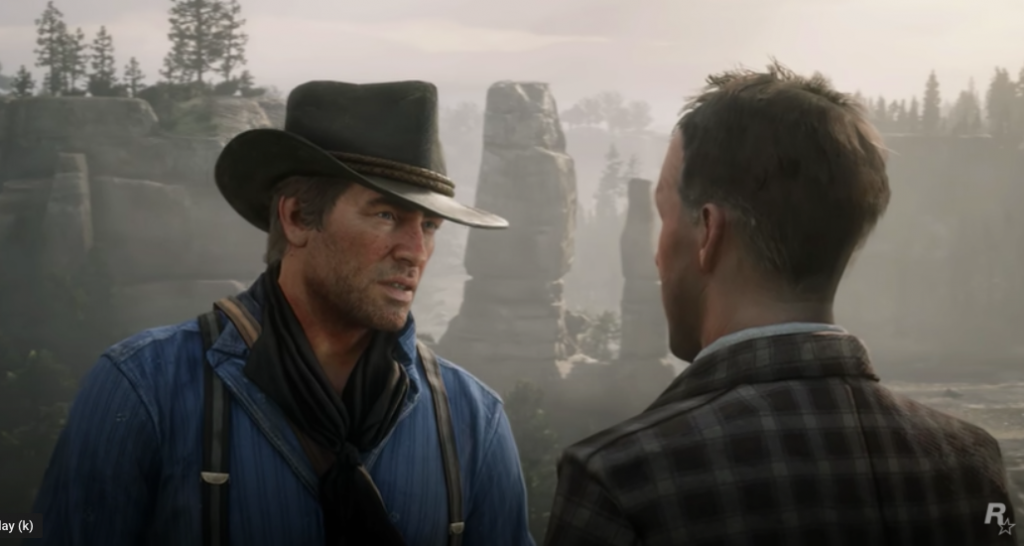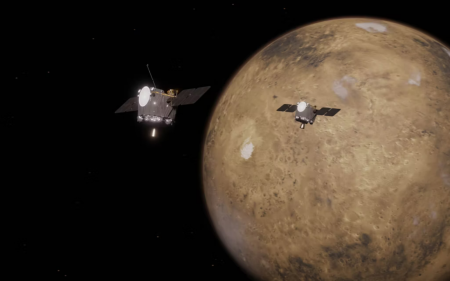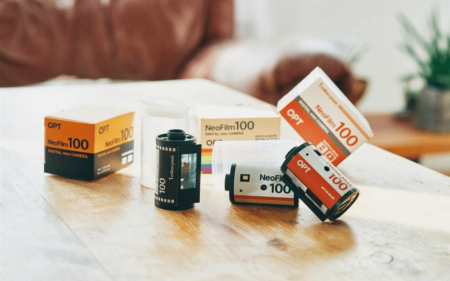Just before the first COVID-19 lockdown started in Melbourne, I ran out and bought an Xbox – “for the kids,” you understand.
I’d never had a games console, and I am certainly not the target demographic for Rockstar Games’ work: massive open-world behemoths like the infamous Grand Theft Auto series and 2010’s Red Dead Redemption. So while I knew of the hype around the prequel Red Dead Redemption 2, I was utterly unprepared for the emotional impact it would have on me – and what curious solace I’d find in its evocation of time and loss.
A big canvas
Red Dead Redemption 2, released in October 2018, spent more than seven years in development (sometimes in controversial working conditions). The sheer scale of the thing is overawing. Depending how you play there’s 80 plus hours of game-play, held together by a 2,000 page script for the main story alone. Every kind of terrain, from snowy mountains to swamps to city streets, is lovingly detailed and populated by around 200 species of animal.
You never quite stop being astonished at the technical achievement, the strength of the acting (done over 2,200 days in a motion capture studio by 1,200 actors, 700 with dialogue), the hyperreal beauty of the landscapes and the granular details, like how your footfalls squelch in the mud. Even the weather is spectacular.

There’s also any number of moral decisions and uncomfortable compromises to be made.
As Arthur Morgan, a grizzled outlaw who is starting to rethink his loyalty to charismatic gang leader and surrogate father Dutch Van der Linde, you’ll be murdering a lot of people. You also have opportunities to spare and to help many others. You’ll confront issues of race (slavery and its ongoing effects are a recurring theme), gender, Indigenous sovereignty, and loyalty.
The moral quality of the decisions you make determines how other characters treat you and what happens at key moments. You will also ride, eat, hunt, get drunk, dance, and be asked by an eccentric, foul-mouthed European scientist to operate a remote control boat.
Electronic elegy
But what really got under my skin was the sweet melancholy that pervades every moment. The game is an elegiac ubi sunt to a world that is already disappearing under the feet of the characters, and which for us is long gone.
Set in 1899, a recurring theme is the vanishing of the Old West, and with it the way of life of the Van der Linde gang. Modernity and “civilisation” are taking over all the wild spaces. (Warning: spoilers ahead). We know from the first game, to which this is a prequel, that the gang is going to break up, and we’ve already seen how some of the characters we interact with will die.

Then, about two thirds of the way through the game, Arthur receives some distressing news. The shootouts continue, but your open ended narrative romp through a Western twilight draws to an inevitable, yet remarkably moving, end.
The persistent past
Yet if this all sounds bleak, there is also something strangely consoling in it too.
In his book Camera Lucida, Roland Barthes makes the startling claim that every photograph is both a presentiment of death and a “certificate of presence”. A photo is not a record of the past so much as an emanation from it, according to Barthes; the dead reaching out to confront you face to face.
Barthes discusses a haunting photograph of Lewis Powell, one of the conspirators in the plot to kill Abraham Lincoln, awaiting execution. Part of the force of the photo is knowing that Powell both is going to die and has already died – precisely what we know of every character in the world of Red Dead Redemption 2.

Photographs are everywhere in the game, from the mocked up, sepia shots of cabins and landscapes it shows you while loading (labelled with dates and places), to bedside pictures of absent family and old sweethearts, through to missions where you must photograph retired gunslingers, or visit a portrait studio.
The past remains stubbornly material, appearing in old watches, rings and letters as well as portraits. The dead are just as present in the game’s world as its notionally long-dead characters are in ours. Its past is nested in its present, just as ours is.
And in that, despite the sad pall that lingers over the game, there’s a corresponding sense that nothing is really lost. The past is every bit as real as the present, even if our access to it is always mediated.
Loss of life
The Roman poet-philosopher Lucretius said that as we do not fear the time when we did not exist before our birth, we should not fear nonexistence after our death either. Charles Hartshorne, an American philosopher of the last century, argued in reply that once we have lived, we take on a reality that not even death can erase.
That’s a powerful thought at a time when COVID-19 confronts us not only with loss of life, but with the loss of our lives in the broader sense: being suddenly cut off from ways of living and assumptions about the world that felt so secure we barely even noticed them.
We increasingly find ourselves dividing time into “before COVID” and the uncertain present. Like the Van der Linde gang, on the run from both the law and the new century, we’re tormented by the nagging fear that the world in which we’re meant to live is slipping out of our grasp.
Perhaps Red Dead Redemption 2’s most fundamental message is not about redemption at all, but something even more universal: the past is always there. All must die, but nothing can take away the fact of having lived.
- is Associate Professor of Philosophy, Deakin University
- This article first appeared on The Conversation




